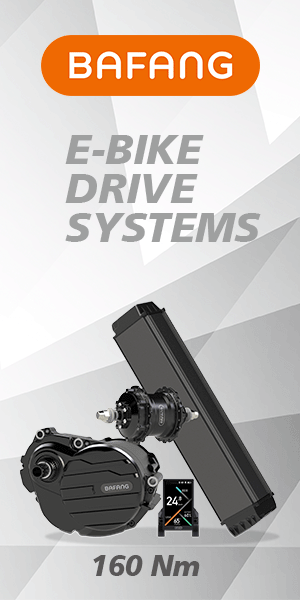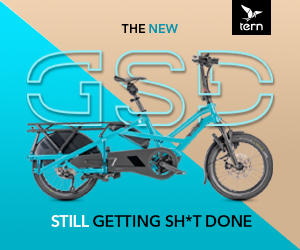November 5, 2018 - Two elderly gentlemen in their 70s recently strolled out of Gears Bike Shop in Toronto, Ont. with full-suspension mountain e-bikes. Before you get the wrong idea, they won’t be charging down Kicking Horse Mountain anytime soon. Will they ever go off-road? Likely not, says Gears owner Kevin Wallace, but that’s hardly the point. “They were very appreciative of the super-plush ride,” he says. “They greatly appreciate comfort and plushness of a full-suspension, while not paying a penalty on liveliness, range or speed.”

An astute observer will easily notice more e-bikes currently on the road. That’s good news for retailers and distributors, who welcome e-bikes in their product line-ups because they appeal to a new breed of cyclist. Offering timesaving benefits for daily cycle commuters, an easier ride for occasional users and an alternative to the minivan for parents loathe to give up their bike to get the kids to school, e-bikes expand the customer base for bike stores beyond the iron-thighed enthusiast.
With stories such as these, it is not surprising that the No. 1 electric vehicle on the planet isn’t a Tesla . . . it’s an e-bike. The e-revolution has not simply begun, it is growing exponentially, so much so that new reports indicate that at its peak, upwards of 65% of the pedal-powered market will be electric.
And what’s not to love? The emerging technology is constantly being improved and allows for all shapes and sizes to enjoy the joy and freedom that the humble bicycle has provided so many.
The latest statistics from south of the border show a 95% growth rate in sales over the 12-month period ending in July 2017. And with this consistent growth comes innovation and evolution as e-bike technology becomes smaller and lighter and continues to make headway in both mountain- and road-biking segments.
Virginia Block, founder and CEO of Amego Electric Vehicles Inc. in Toronto, came from the energy industry and approached the emerging technology from a different angle. Block, an ardent environmentalist, wanted to work with electric vehicles and provide an alternative to combustion engines and give people the freedom found on an electric bike.
That sentiment was echoed by numerous other leading bike retailers as Pedal Magazine surveyed the e-bike landscape across the country.
Kevin Senior, owner of Calgary’s Bow Cycle, became interested in the e-bike category after attending Eurobike in 2014. “We realized e-bikes was an emerging category in the bicycle industry and we needed to get on board,” says Senior. “In our store, it has been the best bike category for growth in the past three years.”
Wallace was first introduced to Pedel Electric Bikes (Pedelec) in 2006. “We immediately saw the benefits this technology could provide both cycling enthusiasts and non-cyclists who may be inspired to experience a less arduous bike ride,” he says. “The technology is giving access to cycling to customers of all levels of ability and age. It is a fun and motivating category to be a part of.”
For Marc-Andre Lebeau, president of Bicycles Quilicot, touted as the Quebec’s oldest bike shop, he simply felt the market was ready to explode. Two years ago when he bought Velo-Branché, an e-bike store in Montreal, Quilicot already had four store locations up and running.
“We are now committed to this market,” he says. “We sell e-bikes in all of our bike shops.”
Although growth has been solid, the North American market has lagged behind Europe in embracing the technology. But Wallace is confident this will soon change. “The only reasons Canadians have been slow to adapt is because the market is still mostly unaware this technology exists,” says Wallace. “Now that the big three North American bike manufacturers – Trek, Giant and Specialized – are all manufacturing amazing e-bikes, once they begin marketing e-bikes, we will likely go from less than 5% awareness to double-digit market awareness and interest.”
Pedal asked these retailers where the market growth will occur, what the future holds for e-bikes and who is driving innovation.
“Growth is similar to traditional bikes, which is driven by geography,” says Wallace. “In urban centres, we are experiencing growth with recreation hybrids, commuter bikes and utility cargo bikes. Outside of the GTA [Greater Toronto Area], electric mountain bikes [e-MTB] are growing where the geography lends itself to off-road riding.”
Traditionally, e-bikes have done well in the city, both in Europe where pedaling in to work is second nature and in North America. And with more and more people embracing the benefits of bike commuting for efficiency, cost and health, it is no surprise that e-bike use continues to expand as well.
For Block, growth is concentrated in the urban market. “As an urban retailer, the largest growth we have seen is the city-commuting electric bike,” he says. “Electric bikes became popular with baby-boomers and seniors looking to regain previous fitness biking levels for recreational use. We are selling more bikes for a commuting or delivery purposes that save time and money. It has really become more of a practical choice.”
Senior at Bow Cycle has seen significant growth in urban biking as well as a result of similar demographics.
And it’s easy to see why e-bikes sit well with commuters, who need to get to work quickly and affordably and don’t have to worry about paying for parking, but they also generally arrive to little or no bike facilities in which to shower and change and ready themselves for a day at the office. “You use them often and are never worried about getting too tired,” says Block. “You can arrive without a sweat and can travel farther distances.”
Of course, being Canada, there is always winter to contend with for the two-wheeled set, and that does pose a significant challenge. Block says e-bikes can handle rain easily, but when the snow flies and the salt trucks come out, that’s a different story. “Salt is usually the largest problem, especially if you are riding with a mountain of slush where the connections are,” she says.
According to Wallace, much of the growth is being pushed by technological innovation, especially e related to smaller batteries that are integrated into the bike and are able to provide more distance/range,” he says. “Batteries will become less obvious and more integrated while likely still increasing range, along with smaller motors to minimize weight and clearance at the bottom of the bike.” Wallace sees this technology as a game-changer of epic proportions. “The technology is truly amazing, and it is similar to switching to colour television after watching black-and-white,” he says.
Senior agrees that smaller batteries integrated into the frame are making a big difference, and he is confident new technology will continue to improve the design to ensure e-bikes feel as much like a bicycle as possible. He’s also hopeful that better handlebar displays will be an important part of the next phase of e-bike tech.
Lebeau credits the move to the mid-drive motor for propelling growth even further. “It’s completely changed the feeling of the rider and increased autonomy,” he says.
![Marc-Andre Lebeau, president of Bicycles Quilicot, bought an e-bike store in Montreal and now sells e-bikes in their four other bike shops [P] John Symon](https://pedalmag.com/wp-content/uploads/2018/09/quilicot-laval-ebeau-s-works-8k-010.jpg) Where Will the Most Innovation and Growth Occur?
Where Will the Most Innovation and Growth Occur?
Design innovation has always been paramount for the growth of e-bikes, and that trend will continue moving forward as road bikes and mountain bikes begin to embrace new technology. And according to global information company, The NPD Group, there has also been a massive increase in sales of fat-tire e-bikes.
Lebeau sees a spike in road e-bike sales on the way. “With a smaller motor and batteries, road e-bikes will, for sure, be the next innovation,” he says. “Baby-boomers will use them to continue riding over time.”
Senior agrees road e-bikes will become much more prevalent in the future, and that growth will, in turn, bring costs down.
“I believe full-suspension mountain bikes have the most untapped potential,” says Wallace. “But certainly road e-bikes with smaller motors are coming.”
Lebeau agrees and suggests that mountain e-bikes are set to take off thanks to new improved technology that is being embraced by some top riders.
As for Block, she sees technology for urban commuters pushing innovation and growth in e-bikes in cities as they become more integrated with the digital world. “I expect with the IOT [Internet Of Things], digitally connecting physical devices such as bikes will lead to more affordable device-tracking. You will also see smarter and safer features from various sensor integrations. I see electric-bike-sharing and city-commuting bikes becoming a huge growth area,” says Block.
Brand Awareness
Currently, a massive part of the e-bike market is dedicated to imports, largely from China. Many of these brands are not known to North Americans, which has not helped for a quick adoption of the technology, but now that landmark brands are heavily invested and driving growth, everything is changing and rapidly.
“Mostly all of the major bike manufacturers are pushing innovation at the moment,” says Wallace. “Large North American brands such as Specialized and Trek were a bit behind large European manufacturers such as Haibike, Cube, BH, Scott and Bulls. But now Trek and Specialized are growing this segment, and likely will be offering as many models as the European brands offer in the next few years.” Meanwhile Giant, recognized as the world’s largest bicycle manufacturer, established an E Vehicle division (GEV) more than 15 years ago, and with more horsepower, the segment is starting to fly.
Lebeau cites the impressive gains made by Rocky Mountain in the mountain e-bike category. “These bikes ride exactly as a mountain bike because the integration is adapted to normal geometry,” he says.
Senior also gives much credit to Bosch and Specialized for driving innovation.
With regard to city biking and the integration of digital connectivity, Block says Stromer is making big gains as the first to market with e-bike tracking, phone-app customizations as well as the 180-kilometre range from one removable battery hidden in the frame. She also gives a nod to Bosch for acquiring connected-biking start-up COBI, which she says will lead to affordably connecting your system to download updates, offer better map options, provide safety features with braking and turning, and more.
While the current average price point of $3,000 can still be a challenge for many, growth and innovation are bringing prices down while offering a wider range of products and price points, adding some lustre to e-bike’s shiny future. And that is attracting the type of companies that will grow the segment even further in the years to come.
“The bicycle market may be too small of an industry for Tesla to get involved, but we anticipate the auto industry identifying the electric bike as important piece of the overall mobility puzzle as cities become more congested. Uber just recently acquired an electric-bike-share company called ‘Jump,’ and Ford is also investing in the electric-bike category,” says Wallace. “Like it or not, e-bikes are here to stay, and will only proliferate in the coming years.”
Just the Facts
Bow Cycle
www.bowcycle.com
GEARS Bike Shop
www.gearsbikeshop.com
Amego Electric Vehicles Inc.
www.amegoev.com
Bicycles Quilicot / Velo Branché par Quilicot
www.velobranche.com





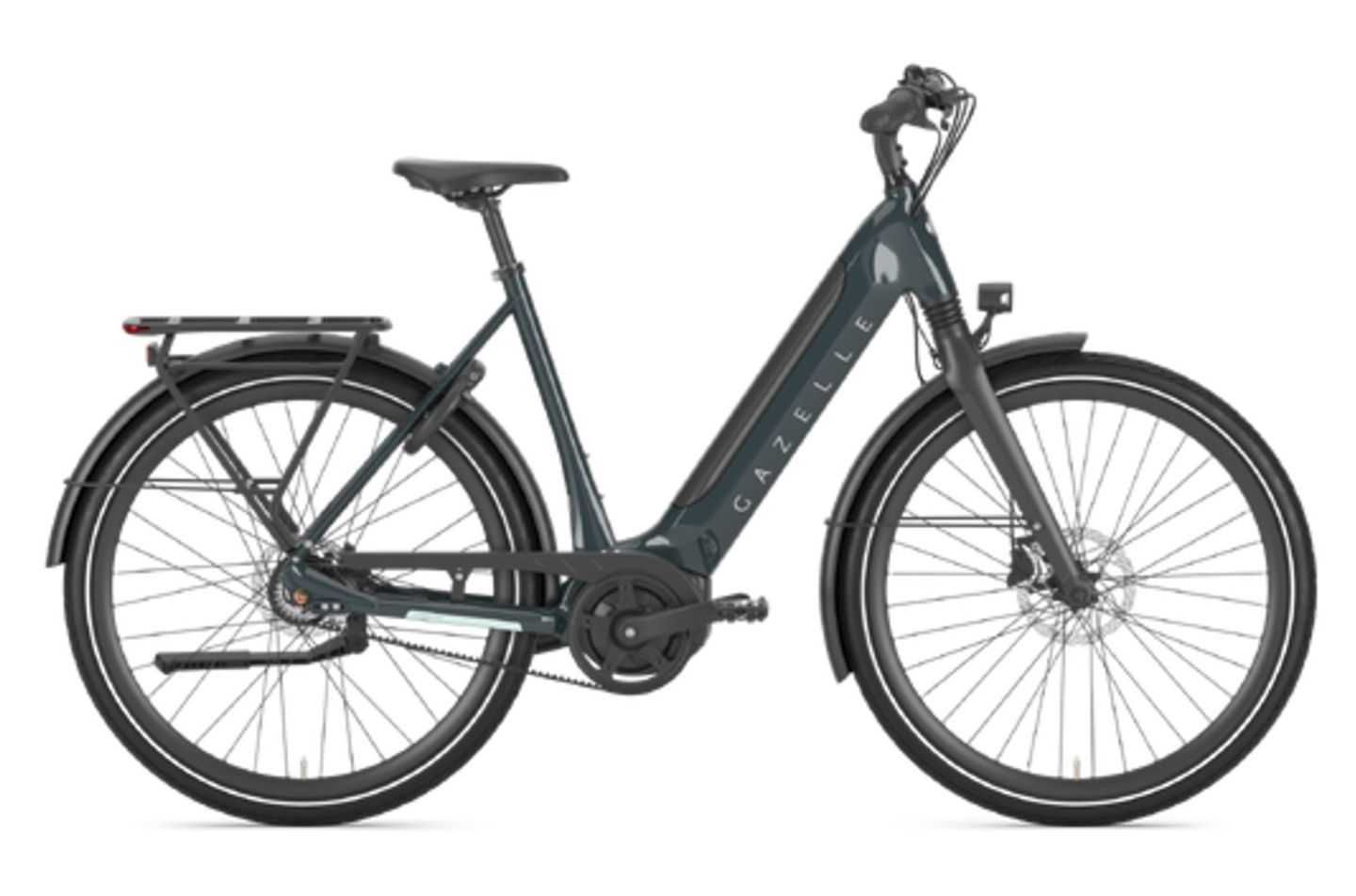
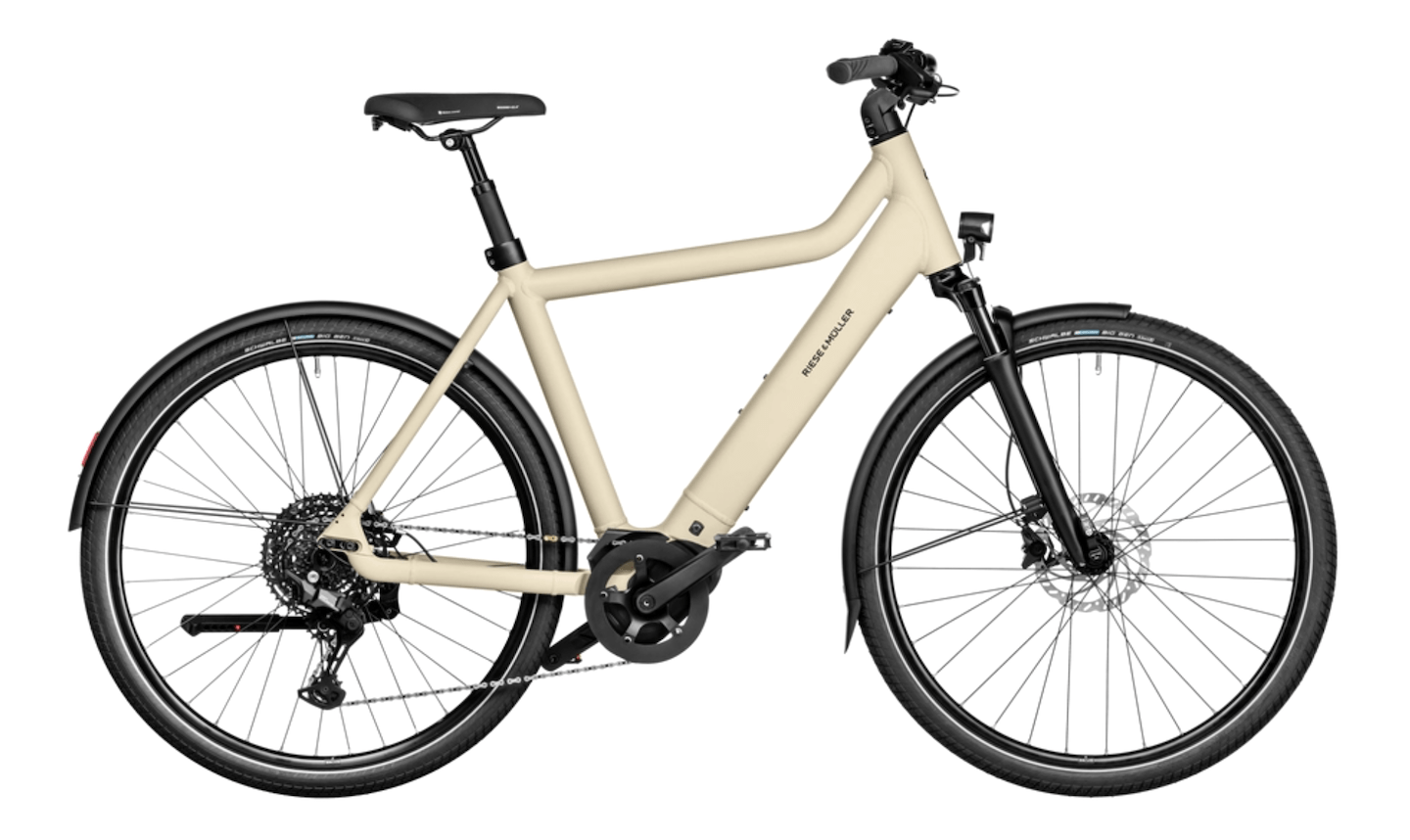
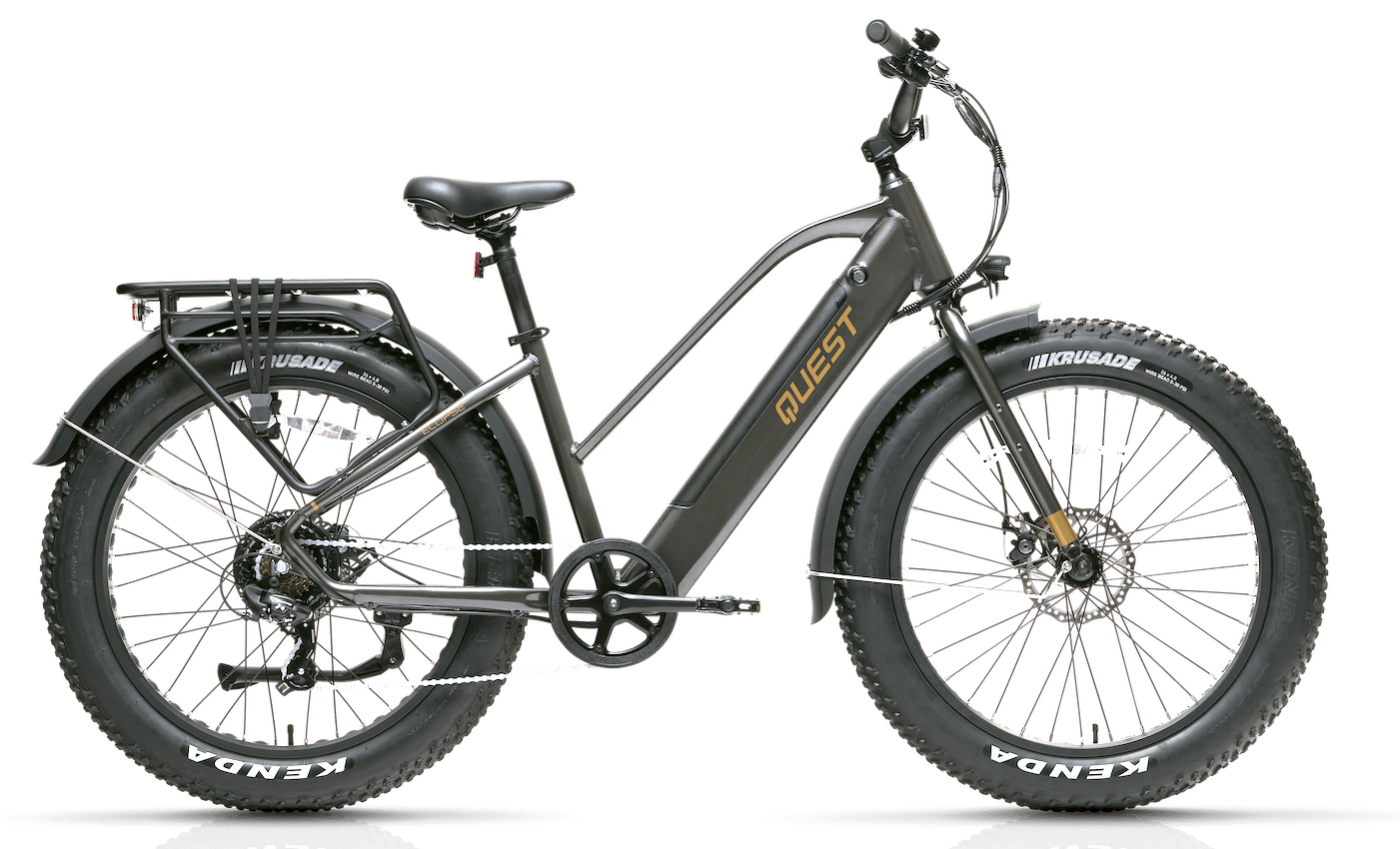
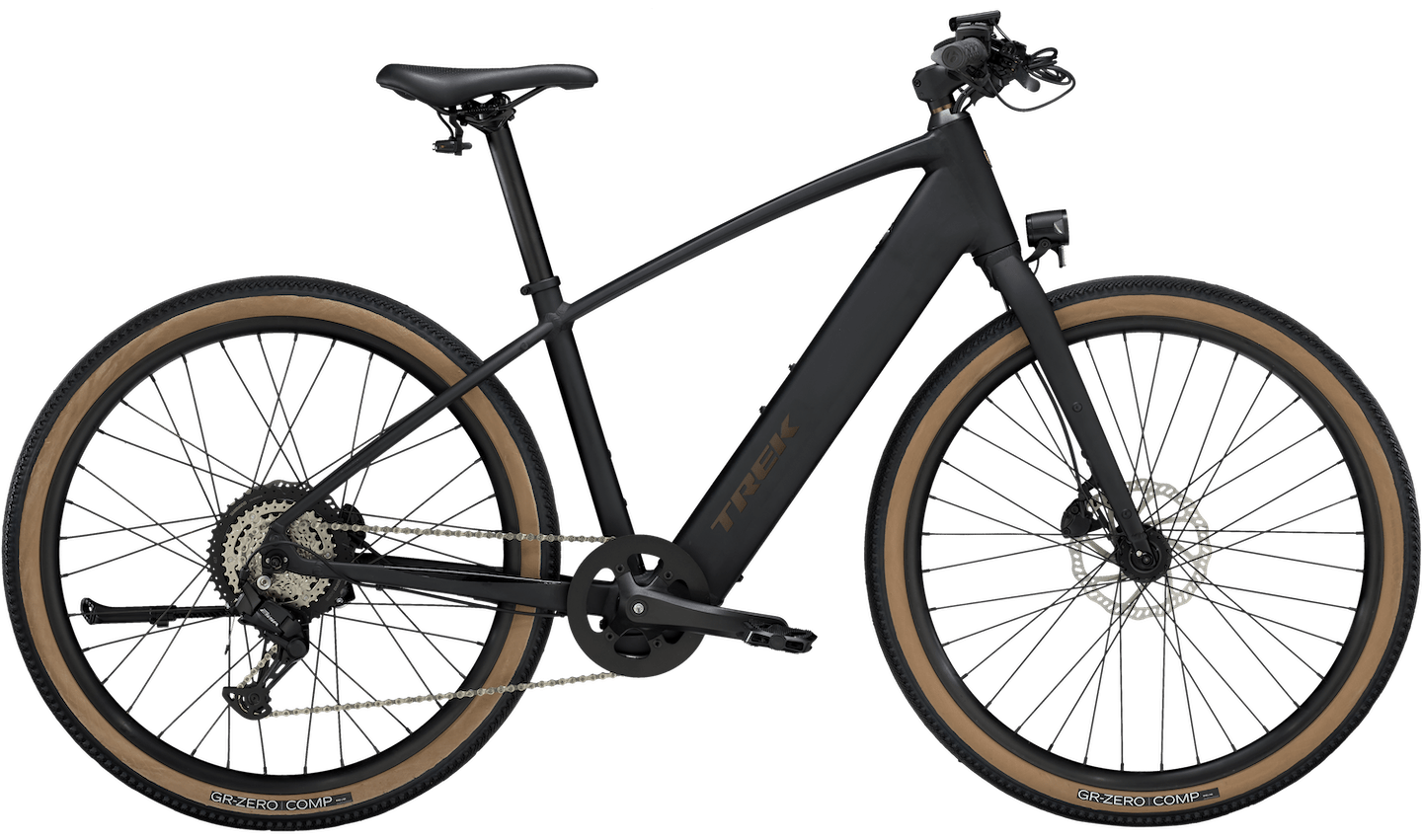
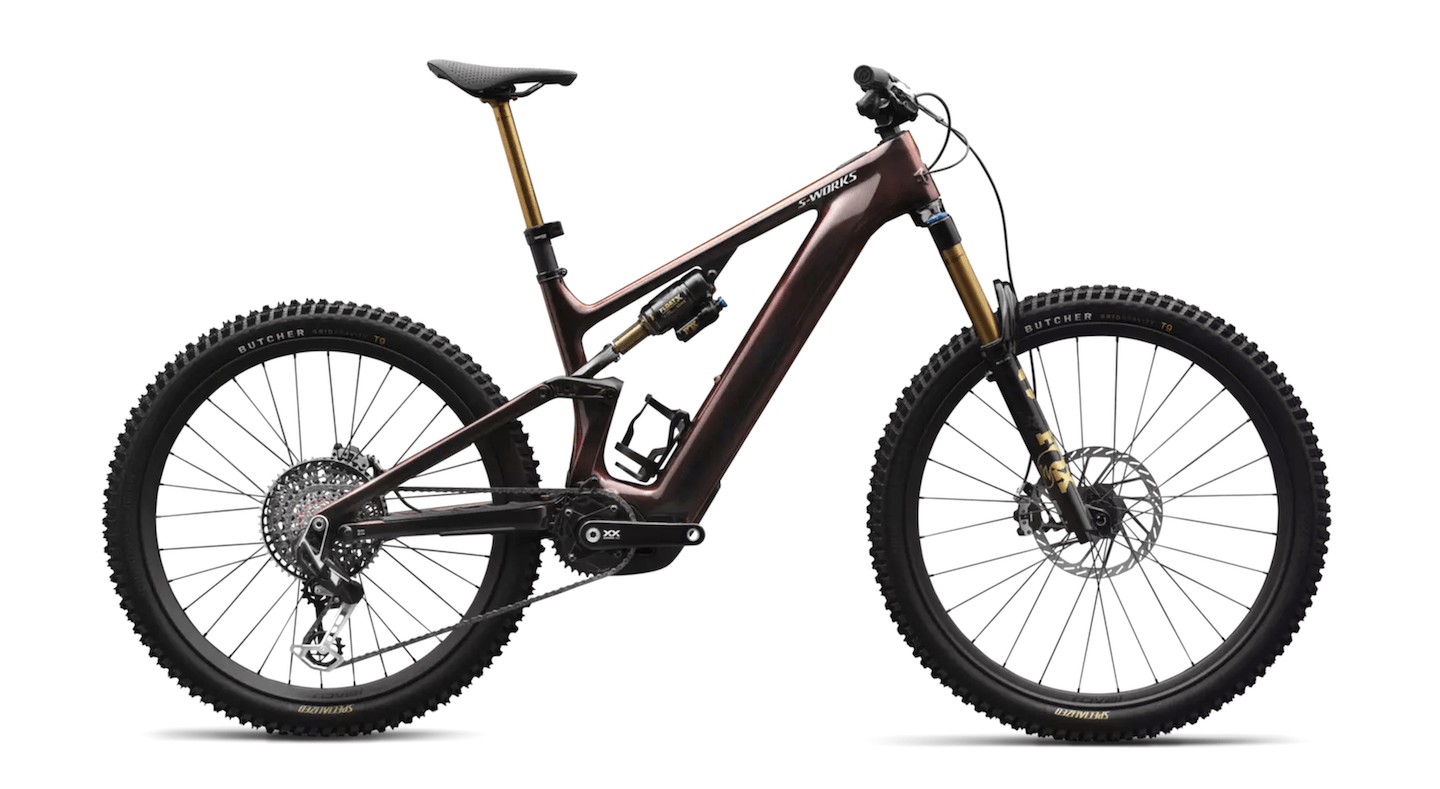

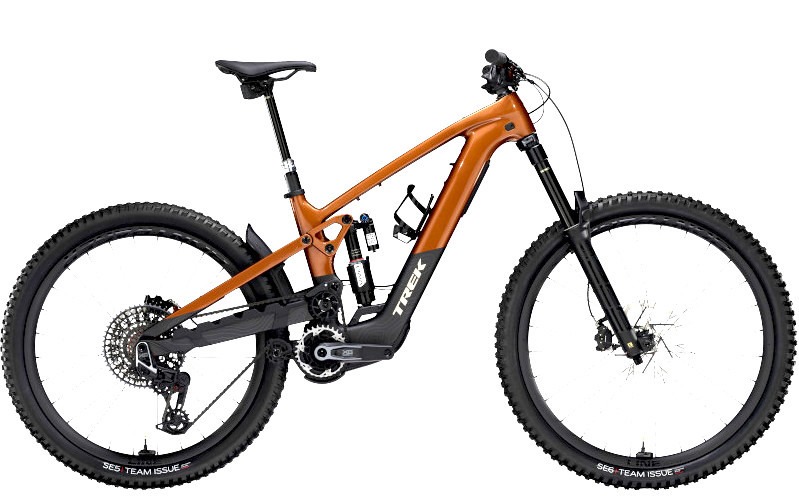

![E-bikes have been the best bike category for growth at Calgary’s Bow Cycle over the past three years [P] Bow Cycle](https://pedalmag.com/wp-content/uploads/2018/09/Bow-Cycle-IMG_6167.jpg)
![Amego, based in downtown Toronto, has seeen the largest growth in city-commuting e-bikes [P] Amego Electric Vechicles Inc.](https://pedalmag.com/wp-content/uploads/2018/09/Amego-4.jpg)

